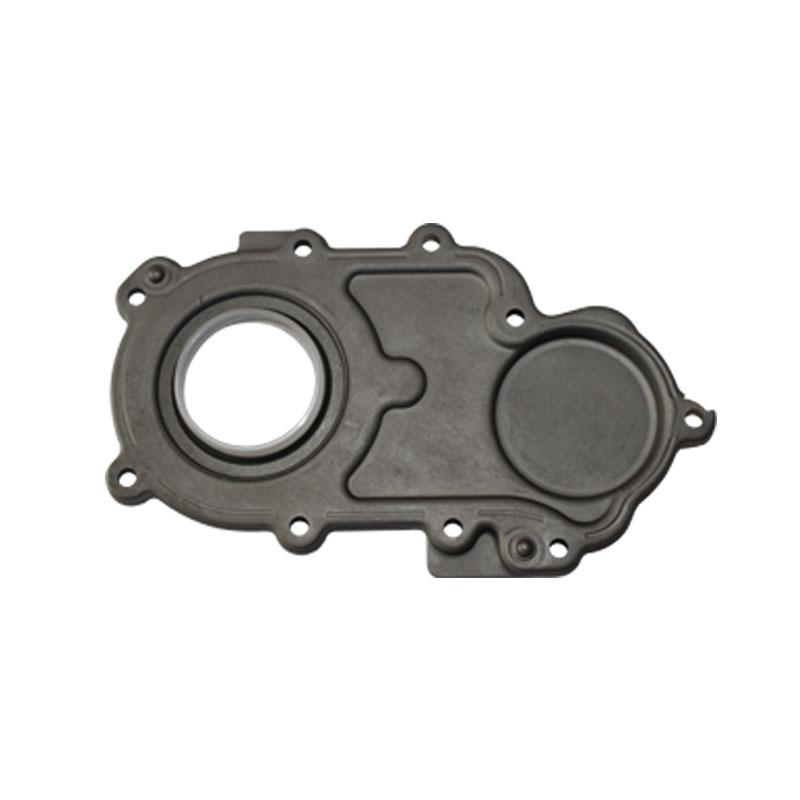Front Engine Oil Seal Replacement Tips for Optimal Performance and Longevity
Understanding Front Engine Oil Seals Importance, Function, and Maintenance
The front engine oil seal, often overlooked in routine vehicle maintenance discussions, plays a crucial role in ensuring the longevity and performance of any automotive engine. This seemingly simple component is vital for separating internal engine components from external contaminants while retaining the essential engine oil needed for lubrication.
What is a Front Engine Oil Seal?
The front engine oil seal is typically located at the front of the engine, primarily around the crankshaft and timing cover. It is designed to contain the engine oil within the engine assembly and prevent it from leaking out. This seal is made of durable materials such as rubber or synthetic composites, which can withstand extreme temperatures and pressure conditions.
Functions of the Front Engine Oil Seal
1. Leak Prevention The primary function of the front engine oil seal is to prevent engine oil from leaking out of the engine. Oil leaks not only reduce the oil level but can also lead to contamination of other engine components, loss of pressure, and ultimately, engine failure.
2. Contaminant Protection By providing a tight seal, it keeps dirt, dust, and other contaminants from entering the engine. Contaminated oil can lead to increased wear on engine components and significantly diminish engine longevity.
3. Pressure Maintenance The oil seal helps in maintaining the necessary oil pressure required for engine lubrication. Proper oil pressure ensures that all moving parts are adequately lubricated, reducing friction and heat buildup.
Symptoms of a Failing Front Engine Oil Seal
A failing front engine oil seal can lead to several noticeable symptoms. Common signs include
front engine oil seal

- Oil Leaks The most apparent sign is the presence of oil puddles under the vehicle. If you notice oil spots where you park, it may indicate a leaking front oil seal. - Oil Pressure Warning Light A drop in oil pressure can trigger warning lights on the dashboard. If this occurs, it is crucial to check the oil levels and inspect for leaks.
- Engine Noise As oil leaks out and levels drop, the engine may begin to make unusual noises due to insufficient lubrication.
Maintenance and Replacement
Regular maintenance is key to prolonging the life of your front engine oil seal. Here are a few tips
- Routine Oil Changes Regularly changing your engine oil helps reduce wear and tear on seals. Dirty or old oil can break down the seal material over time.
- Visual Inspections Inspect the area around your oil seal regularly for signs of oil leaks or degradation. If you notice any oil seeping from the front of the engine, it may be time for a replacement.
- Professional Help If you suspect that your front engine oil seal is failing, it’s essential to seek professional assistance. Replacing the oil seal can be a complex job, often requiring disassembly of various engine components.
Conclusion
In conclusion, while the front engine oil seal is a small component, its importance cannot be overstated. By preventing leaks, protecting against contaminants, and maintaining oil pressure, it plays a fundamental role in engine health and efficiency. Regular inspections, timely maintenance, and early intervention at signs of failure can help ensure your engine runs smoothly for years to come. Always remember, a small investment in maintenance today can save significant costs associated with engine repairs tomorrow.
-
Understanding the Importance of the Crankshaft Oil Seal in Engine Performance
News Jun.16,2025
-
The Unsung Heroes of Engine Protection: Understanding Automotive Shaft Seals and Oil Seals
News Jun.16,2025
-
Keeping the Engine Tight: The Role of Crankshaft Seals and Gaskets in Oil Control
News Jun.16,2025
-
Complete Protection in Harsh Conditions: A Deep Dive into Cassette Seals
News Jun.16,2025
-
Choosing the Right Oil Seal: A Guide to Trusted Brands and Suppliers
News Jun.16,2025
-
Advanced Sealing Technologies: Exploring the Range of Modern Oil Seals
News Jun.16,2025
-
Your Essential Guide to Car Repair Kits: From Rust to Dings
News Jun.13,2025
Products categories















